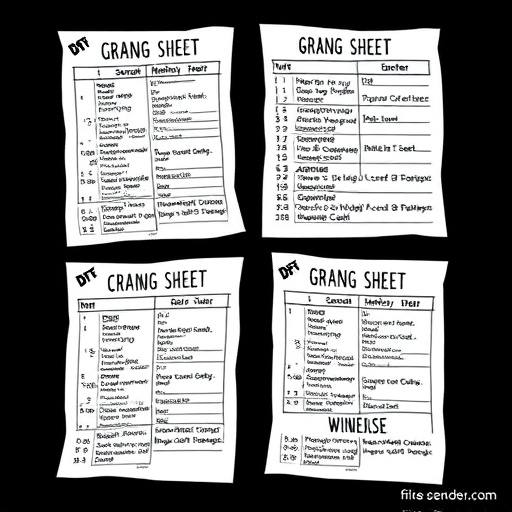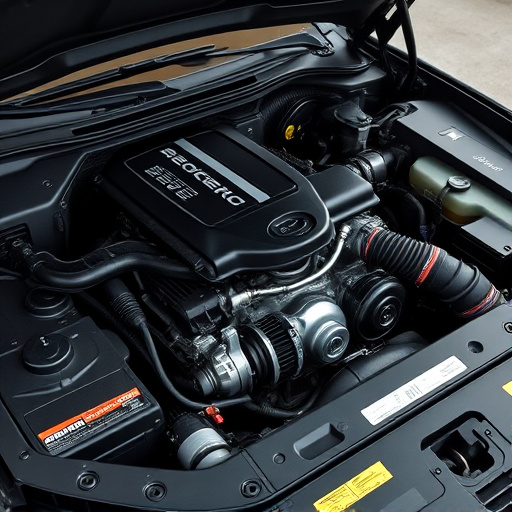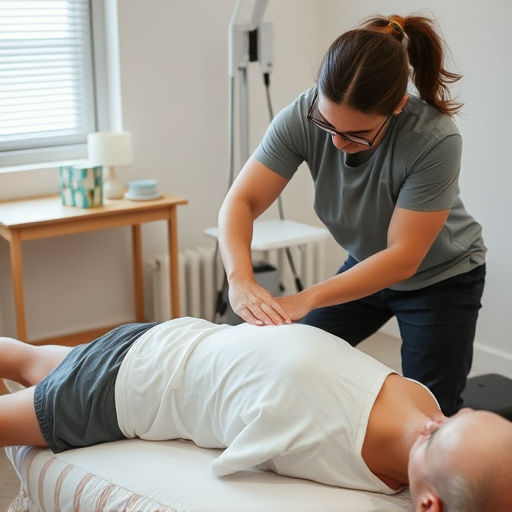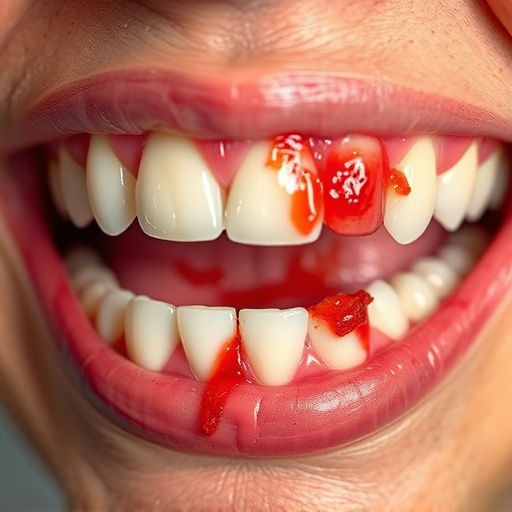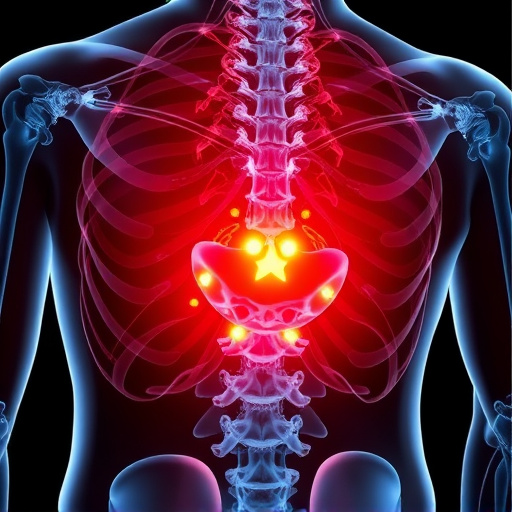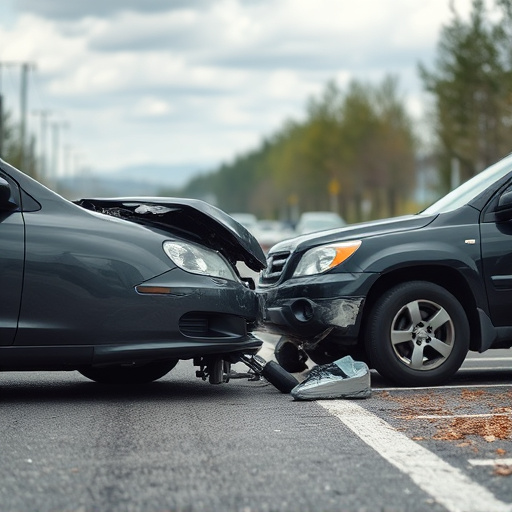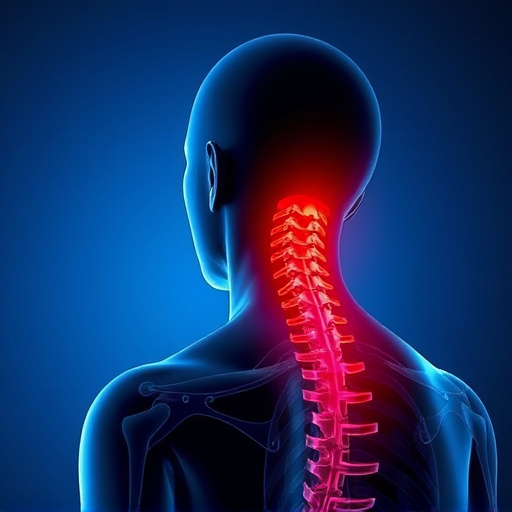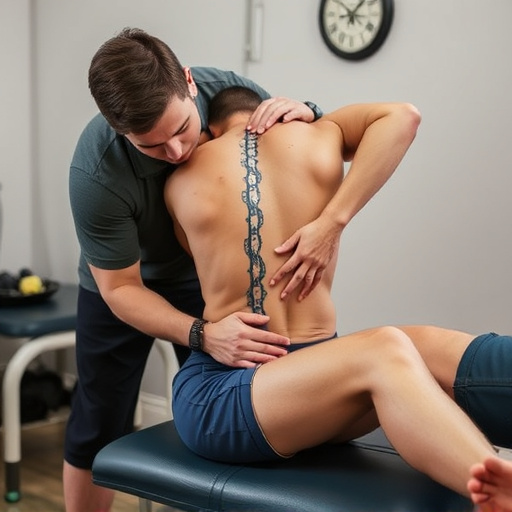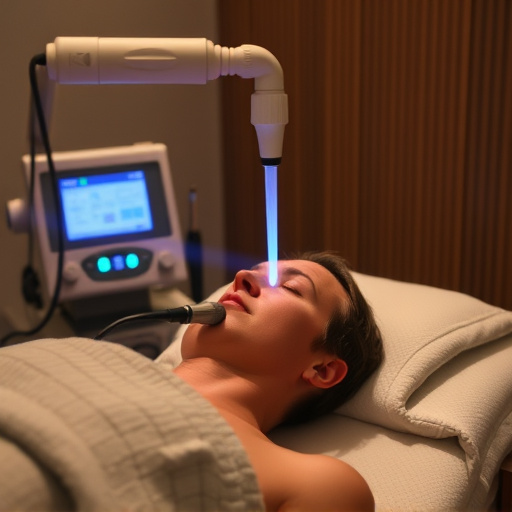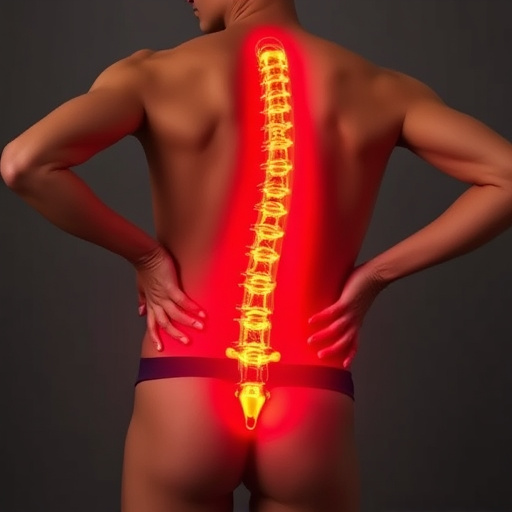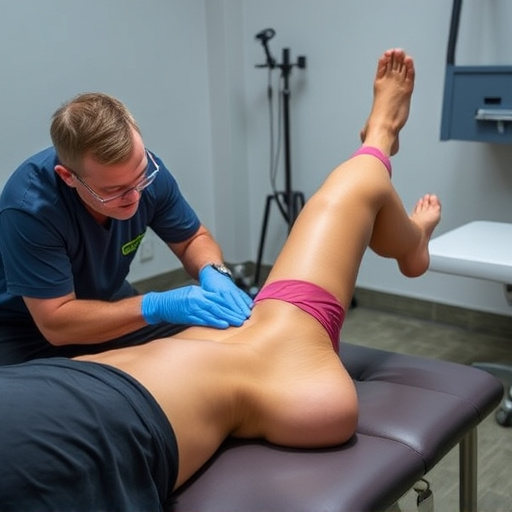Post-accident rehabilitation is a crucial process for recovering from traumatic events, focusing on restoring physical function, mobility, and independence through therapies like physical and occupational therapy, and counseling. Acupuncture, an ancient Chinese medicine practice, complements this recovery by alleviating pain, improving mobility, and reducing inflammation, making it an effective tool for integrating into rehabilitation plans, especially for conditions like sciatica. This integration enhances muscle recovery and patient outcomes by addressing both physical and mental aspects of healing.
Post-accident rehabilitation is a critical phase in an individual’s recovery journey, focusing on restoring physical function and managing pain. This comprehensive guide explores the innovative approach of combining acupuncture with traditional post-accident rehab therapy. Acupuncture, an ancient practice, offers natural pain relief and promotes healing by stimulating specific body points. Integrating this technique into rehab can enhance overall patient outcomes, providing a holistic treatment option for effective post-injury recovery.
- Understanding Post-Accident Rehabilitation and Its Goals
- Acupuncture: An Ancient Approach to Healing and Pain Management
- Integrating Acupuncture into Post-Accident Rehabilitation Therapy
Understanding Post-Accident Rehabilitation and Its Goals
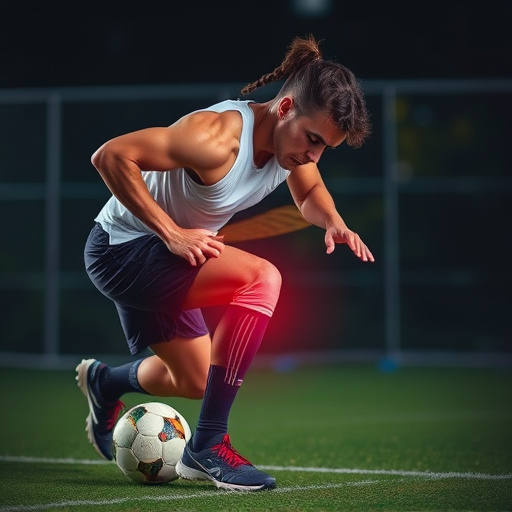
Post-accident rehabilitation is a crucial phase in an individual’s recovery journey after a traumatic event, such as a car accident or workplace injury. It involves a comprehensive set of therapeutic interventions aimed at restoring physical function, improving mobility, and helping individuals regain their independence. The primary goals are to reduce pain, enhance healing, and prevent long-term disabilities by addressing the physical, emotional, and cognitive impacts of the accident.
This process typically includes various treatments like physical therapy, occupational therapy, and counseling. For instance, neck pain relief is a common goal, as accidents can cause significant strain on the cervical spine. Pain management strategies are integral to this rehabilitation process, ensuring individuals receive effective care tailored to their unique needs. Injury rehabilitation focuses on regaining strength, flexibility, and coordination, enabling folks to resume their daily activities and, in many cases, return to work or preferred lifestyle routines.
Acupuncture: An Ancient Approach to Healing and Pain Management
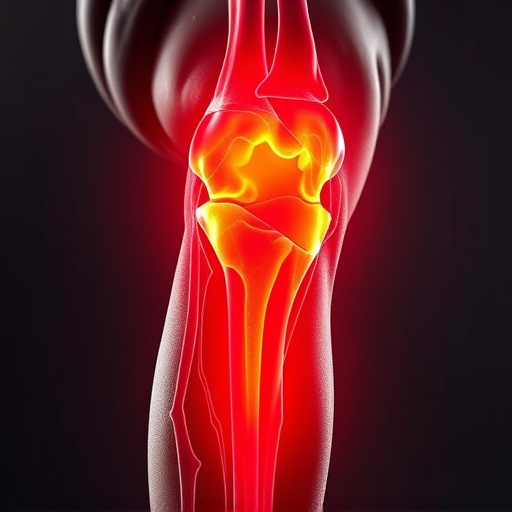
Acupuncture, an ancient practice rooted in traditional Chinese medicine, has gained modern recognition as a powerful tool for pain management and wellness care. This alternative therapy involves the insertion of fine needles into specific points on the body to stimulate the flow of energy, or Qi, promoting natural healing and balance. When combined with post-accident rehabilitation, acupuncture can play a significant role in helping individuals recover from injuries, alleviate chronic pain, and improve overall mobility.
For those suffering from conditions like sciatica, where spinal adjustments might be part of the rehabilitation process, acupuncture offers a non-invasive approach to relief. By targeting key acupoints, this therapy can help reduce inflammation, relax muscles, and stimulate the nervous system, contributing to an effective post accident rehabilitation plan.
Integrating Acupuncture into Post-Accident Rehabilitation Therapy
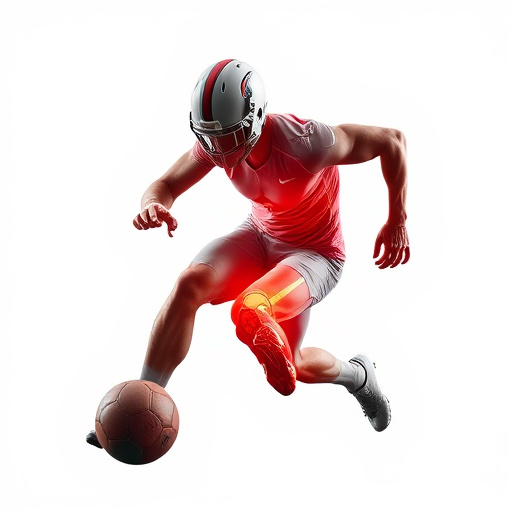
Integrating acupuncture into post-accident rehabilitation therapy offers a promising approach for enhancing muscle recovery and overall patient outcomes. This ancient practice, which involves inserting thin needles into specific points on the body, has been recognized as an effective non-invasive treatment for various conditions. In the context of physical therapy after an accident, acupuncture can play a significant role in pain management and improving mobility.
By targeting specific acupressure points, acupuncture promotes natural healing processes within the body. It helps reduce inflammation, relaxes muscles, and stimulates nerve endings, contributing to faster recovery times. Additionally, acupuncture sessions often include other techniques like cupping and moxibustion, further enhancing blood circulation and removing blockages, which are common issues after an accident. This holistic approach to post-accident rehabilitation ensures that both the physical and mental aspects of healing are addressed, promoting a more comprehensive and effective recovery journey.
Combining acupuncture with post-accident rehabilitation therapy offers a holistic approach to healing. By integrating ancient techniques with modern goals, this method enhances pain management and promotes faster recovery for accident victims. Acupuncture’s effectiveness in addressing physical injuries and sensory impairments makes it a valuable addition to standard rehabilitation practices, potentially revolutionizing the way we approach post-accident care.




